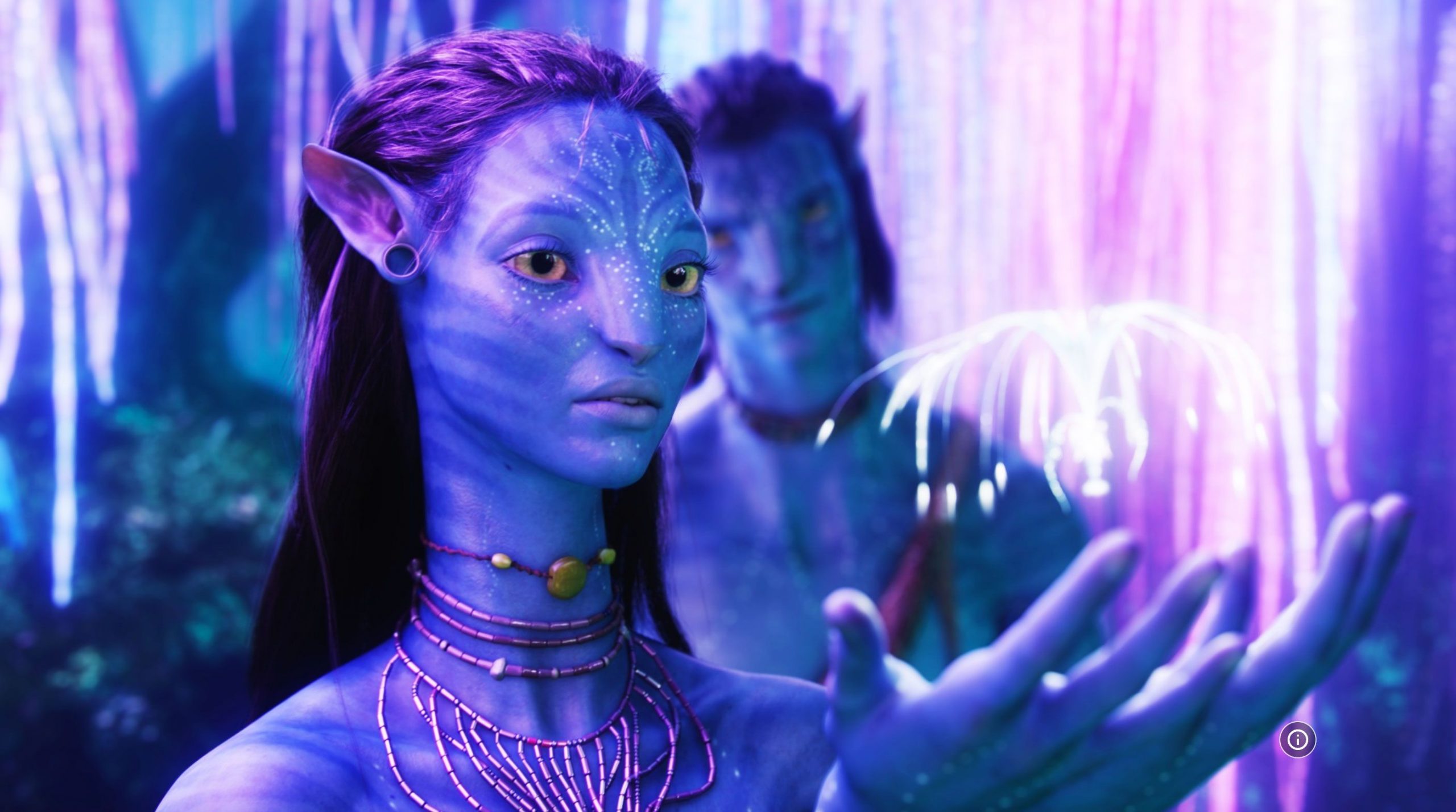In December last year, Fyodor Dostoyevsky’s work “White Nights” began to spread rapidly on social networks. Users are actively quoting parts of the story, recommending it to friends and reposting it on banned social networks and TikTok. Now zoomers are discussing what the truth of the matter is.

As already mentioned in social networks, the proximate reason is the short format. “White Nights” is only 80 pages long, so it’s a real find for fans of TikToks and Reels. The second reason has to do with the plot, that is, the meaning of the story and the story of the main character. Also, foreign users saw in the work a story about the loneliness that the younger generation faces in the age of social networking.
The virality of the story also affects the spread of popularity of other forms of Russian culture. For example, playlists called “White Nights” appeared on the music streaming service Spotify, consisting of works by Russian composers Pyotr Tchaikovsky and Dmitry Shostakovich.
We have previously written about who is the most popular writer in Russia. Read here.
Source: People Talk
Mary Crossley is an author at “The Fashion Vibes”. She is a seasoned journalist who is dedicated to delivering the latest news to her readers. With a keen sense of what’s important, Mary covers a wide range of topics, from politics to lifestyle and everything in between.





